Using Robotics to Prepare Students For Their Future
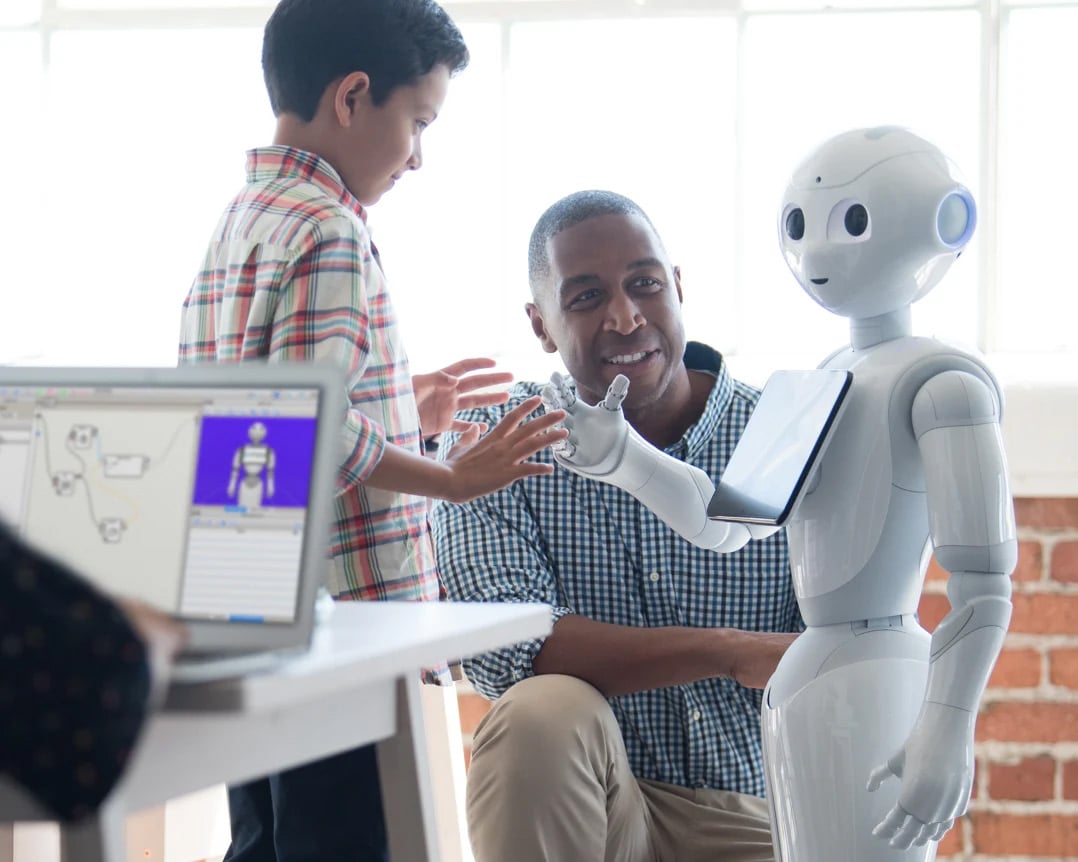 Image source:https://us.softbankrobotics.com/
Image source:https://us.softbankrobotics.com/
In today's technology-driven world, it’s important now more than ever to prepare students for the future. Teaching robotics to young students throughout their schooling can increase their ability to be creative and innovative thinkers and more productive members of society.
- 0 Comments
- Oct 1, 2021 10:00:00 AM
- Posted by Maria Alejandra Calcetero
- Topics: Robotics, EdTech, STEM, Education, 21st Century Classroom, Special Education, data literacy, Robots,, students, Technology, VR, Realidad Virtual, STEMchat, Edchat, k12, Virtual Reality, virtual learning, classroom, Literacy, STEM literacy
Why STEM literacy is critical for our students
By John Wheeler
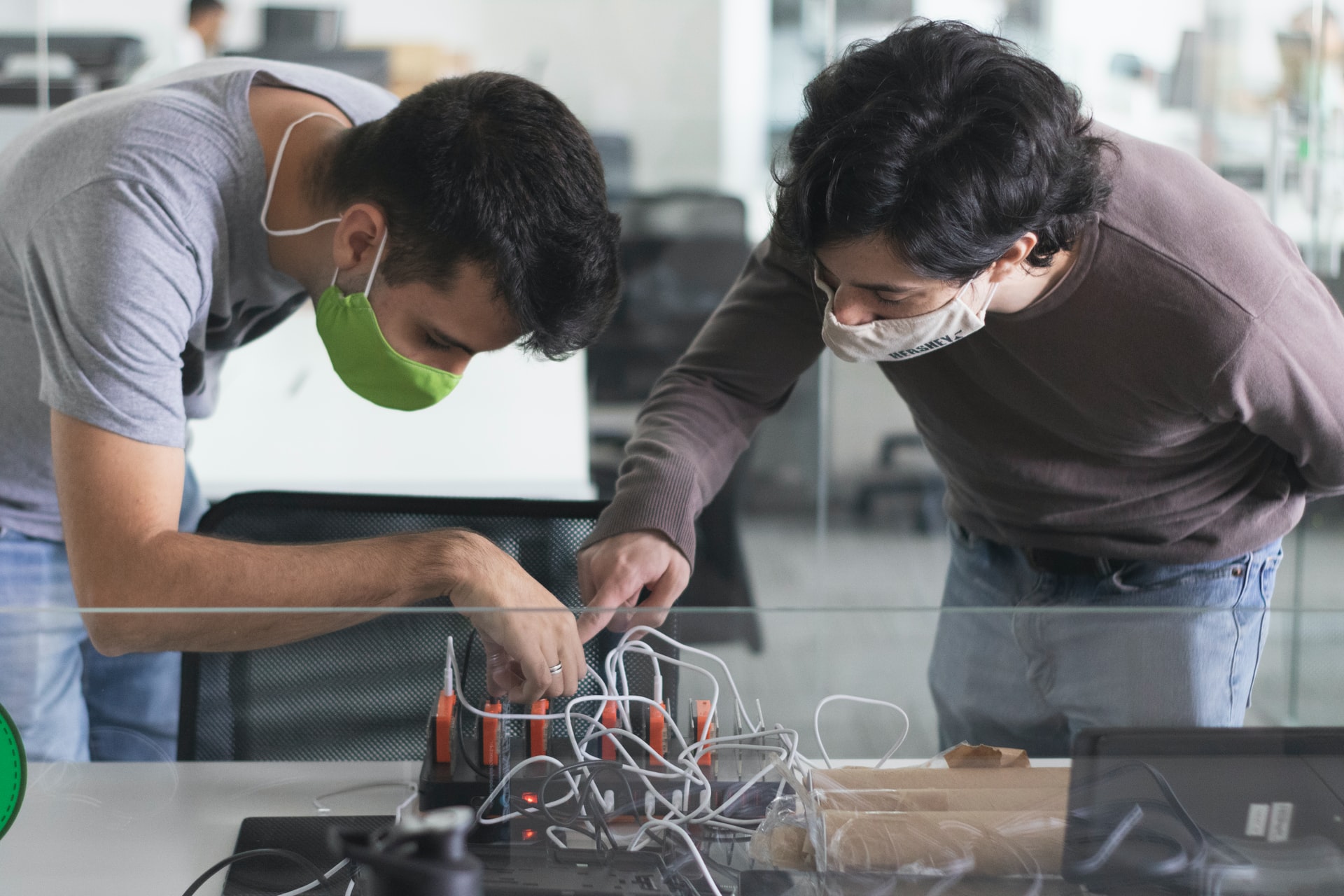 Image Source: https://unsplash.com/
Image Source: https://unsplash.com/
Developing students’ STEM literacy provides students with the critical skills they will use later in life.
- 0 Comments
- Sep 30, 2021 10:00:00 AM
- Posted by Maria Alejandra Calcetero
- Topics: Robotics, EdTech, STEM, Education, 21st Century Classroom, Special Education, data literacy, Robots,, students, Technology, VR, Realidad Virtual, STEMchat, Edchat, k12, Virtual Reality, virtual learning, classroom, Literacy, STEM literacy
3 Must-have Classroom Tech Innovations–and How to Fund Them
 Image source: https://unsplash.com/
Image source: https://unsplash.com/
Classroom technology is an essential part of learning--here's how to find the tools and the funding to implement it in your school
- 0 Comments
- Sep 28, 2021 10:00:00 AM
- Posted by Maria Alejandra Calcetero
- Topics: Robotics, EdTech, STEM, Education, 21st Century Classroom, Special Education, Robots,, students, Technology, VR, Realidad Virtual, STEMchat, Edchat, k12, Virtual Reality, virtual learning, classroom, Tech
Sparking Curiosity About STEM
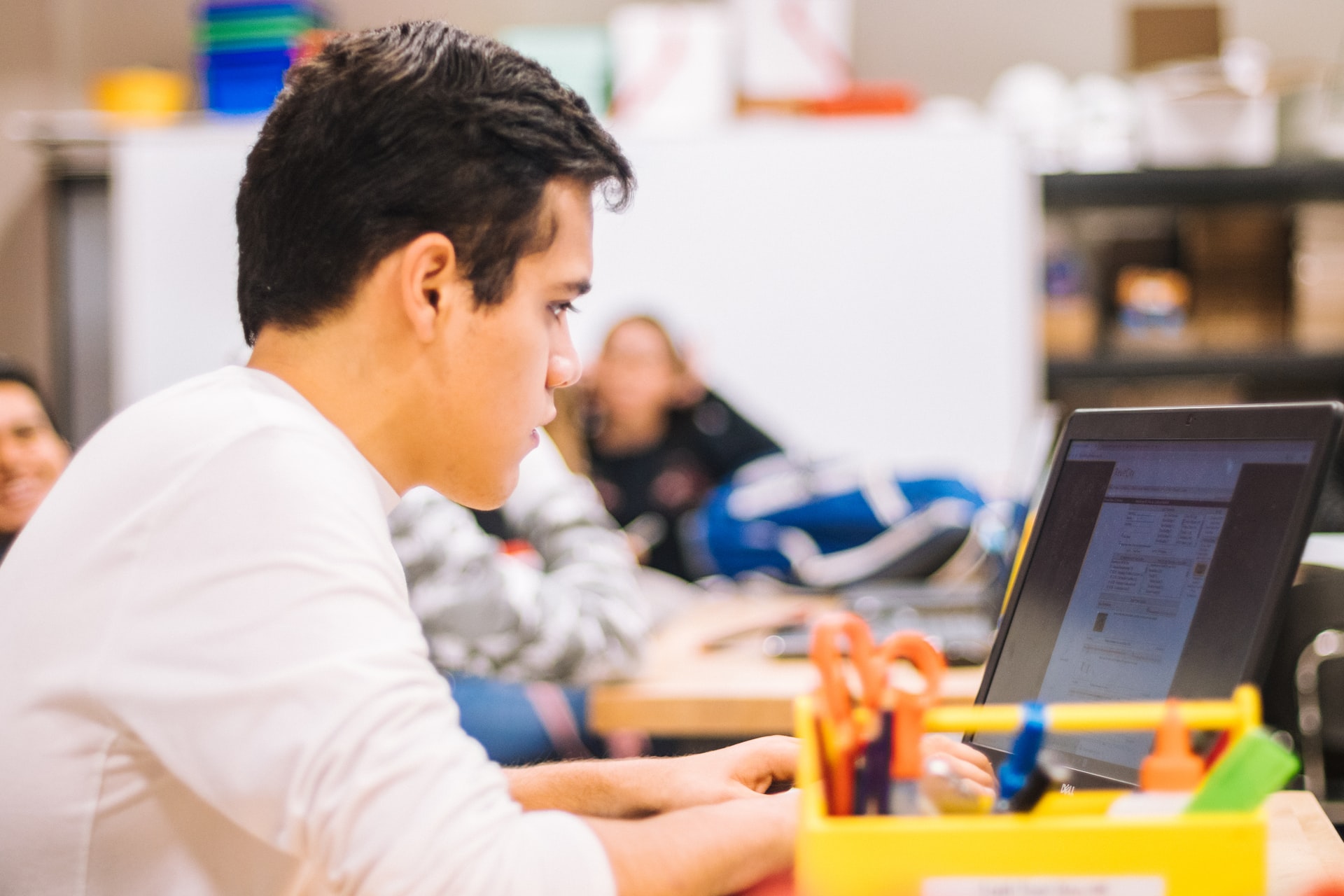 Image source: https://unsplash.com/
Image source: https://unsplash.com/
A monthly after-school activity guides students to have fun exploring science, technology, engineering, and math.
- 0 Comments
- Sep 27, 2021 10:00:00 AM
- Posted by Maria Alejandra Calcetero
- Topics: Robotics, EdTech, STEM, Education, 21st Century Classroom, Special Education, Robots,, students, Technology, VR, Realidad Virtual, STEMchat, Edchat, k12, Virtual Reality, virtual learning, classroom, Tech
How Can Virtual Reality Help with Choosing a Future Career?
By Nancy Howard
 Image source: Unsplash
Image source: Unsplash
Virtual reality is a relatively new technology that is already widely used in various industries. Engineering, design, and entertainment spheres are among them along with the educational and training activities. This technology also helps to follow a virtual reality career path by acquiring jobs in VR related to programming, design, or content creation.
- 0 Comments
- Sep 23, 2021 10:00:00 AM
- Posted by Maria Alejandra Calcetero
- Topics: Robotics, EdTech, STEM, Education, 21st Century Classroom, Special Education, Robots,, students, Technology, VR, Realidad Virtual, STEMchat, Edchat, k12, Virtual Reality, virtual learning, classroom, Tech
6 Tips for Mentoring STEM Students
By Devin Partida
 Image source: https://unsplash.com/
Image source: https://unsplash.com/
Mentoring any student can be a challenge, even for the most experienced and well-rounded educators.
When you think about the field of science, technology, engineering, and mathematics, also known as STEM, it may seem intimidating to lead by example for young, impressionable students. However, it’s an investment that’s worth considering when educating students about STEM topics.
Unfortunately, many STEM professionals never receive formal training on mentorship, but there are plenty of benefits to reap for both the mentor and mentee.
In addition, you’re probably aware of the racial and gender disparities between students. We need solid mentorship programs in K-12 schools to overcome these disparities, encourage all types of students to pursue STEM-related careers, and help them achieve their potential.
Let’s go over six tips that can help you mentor your STEM students to the best of your ability.
- 0 Comments
- Sep 17, 2021 10:00:00 AM
- Posted by Maria Alejandra Calcetero
- Topics: Robotics, EdTech, STEM, Education, 21st Century Classroom, Special Education, Robots,, students, Technology, STEMchat, Edchat, k12, classroom, Tech
Robots for the Classroom | Increasing Classroom Success
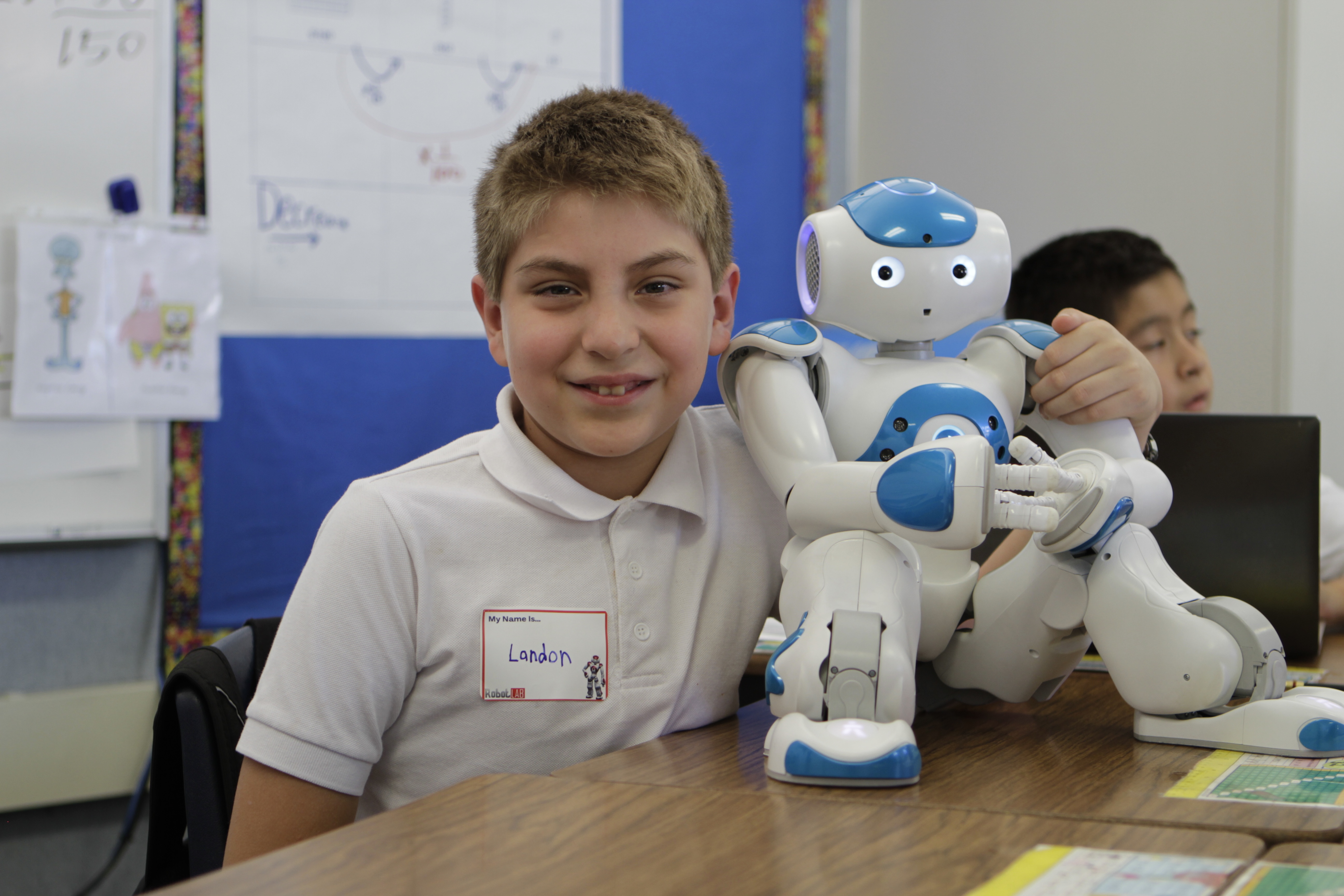
For nearly 50 years, educators and robotics professionals have known that robots help kids with special needs learn. As our Founder and Chief Scientist, Tim Gifford has been quoted saying, “As far back as the 1970s, research has shown that children with special needs respond well to robots and that their interactions are effective.”
This is especially true for children with autism. With an increase in autism awareness and understanding, more children in the United States than ever before are being diagnosed with Autism Spectrum Disorder (ASD). According to recent data from the Centers for Disease Control, 1 in 54 kids in the United States has been diagnosed with autism.
Why Use Robots?
There are many reasons why Robot-Assisted Instruction (RAI) helps children with autism learn and succeed in school and life.
- 0 Comments
- Sep 16, 2021 10:00:00 AM
- Posted by Maria Alejandra Calcetero
- Topics: Robotics, EdTech, STEM, Education, 21st Century Classroom, Special Education, Robots,, students, Technology, STEMchat, Edchat, k12, classroom, Tech
NAO Robot: Unique Personal Teaching Assistant
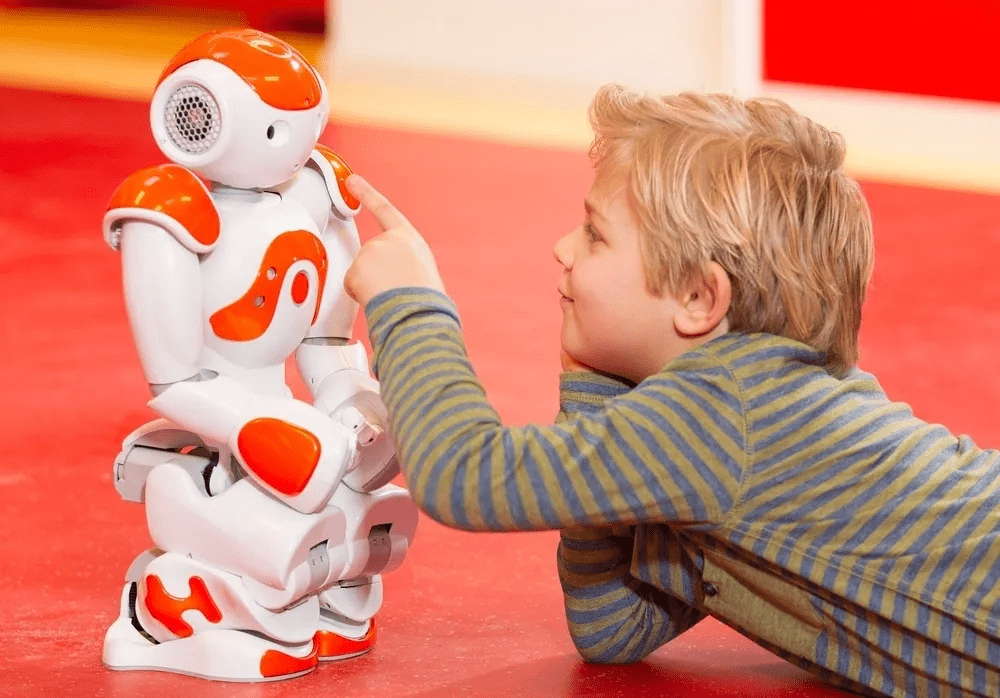 Image source: Movia Robotics
Image source: Movia Robotics
In 2008, SoftBank Robotics released a revolutionary humanoid robot with an unusual
talent; it can teach students. SoftBank developed NAO as a programmable, personal teaching assistant for enhanced learning engagement. Far from being limited in scope, the NAO is capable of helping students of all ages and abilities. Let’s find out more about NAO and what makes it unique compared to other robots.
- 0 Comments
- Sep 15, 2021 10:00:00 AM
- Posted by Maria Alejandra Calcetero
- Topics: Robotics, EdTech, STEM, Education, 21st Century Classroom, students, Technology, STEMchat, WomeninSTEM, Edchat, girlsinSTEM, k12, coronavirus, virus, disinfection
What Are The Benefits Of Robotics In Education
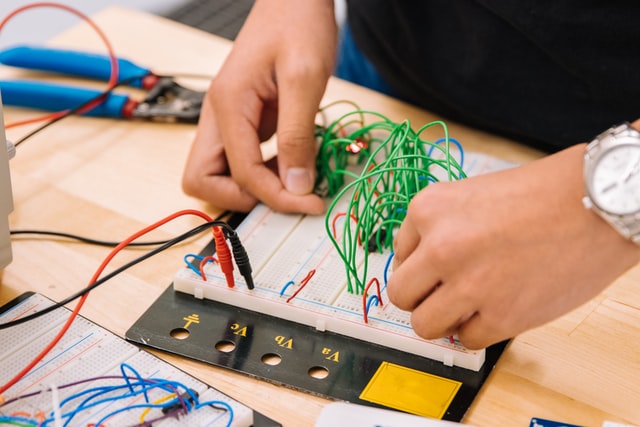 Image by Jeswin Thomas Unsplash.
Image by Jeswin Thomas Unsplash.
With the improvement in technology, many areas of our lives have changed. Robotics is essential in education as it comes with many advantages.
Students learn new skills and develop their knowledge. It helps students improve their attention, design, and teamwork skills. It brings students together to do something fun and worthwhile. Here are the main benefits of robotics in education.
- 1 Comments
- Sep 14, 2021 10:00:00 AM
- Posted by Maria Alejandra Calcetero
- Topics: Robotics, EdTech, STEM, Education, 21st Century Classroom, students, Technology, STEMchat, WomeninSTEM, Edchat, girlsinSTEM, k12, coronavirus, covid19, disinfection robots, Automation, virus-free, virus, disinfection
The Future Still Lies in Coding
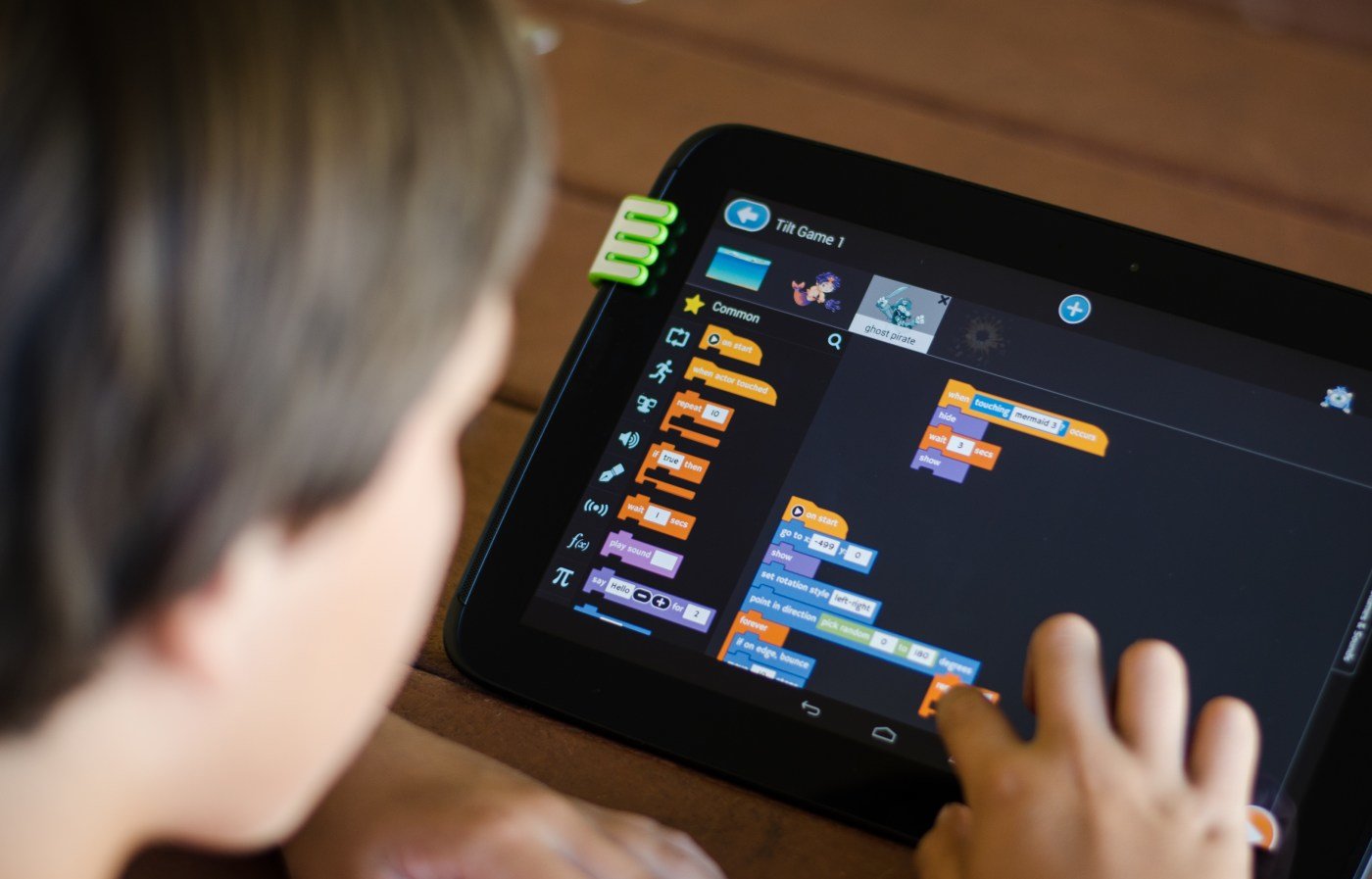 Image source: https://unsplash.com/
Image source: https://unsplash.com/
Coding is enormous in education right now.
No wonder. Coding offers so many academic benefits that schools cannot ignore its significance. Sequential processes, computational thinking, and creative problem-solving all make upcoding. It’s the new literacy in schools. There’s so much to like about coding that coding academies and boot camps are springing up everywhere.
Bootcamps can be expensive, but they are intensive. Participants learn as much as possible in three to six months, securing employment as a coder soon after that. Academies, on the other hand, tend to be more flexible. They offer coding training at all levels, and students create code in maker spaces.
Coding appeals to children of all ages. Not only are there plenty of outstanding apps with which to teach coding, but there are also schools focused intensely on learning how to code.
- 0 Comments
- Sep 13, 2021 10:00:00 AM
- Posted by Maria Alejandra Calcetero
- Topics: Robotics, EdTech, STEM, Education, 21st Century Classroom, students, Technology, STEMchat, WomeninSTEM, Edchat, girlsinSTEM, k12, coronavirus, covid19, disinfection robots, Automation, virus-free, virus, disinfection
Relevant Posts
Popular Posts
Subscribe to Email Updates
-
I Want To Learn MoreADDITIONAL INFORMATION


